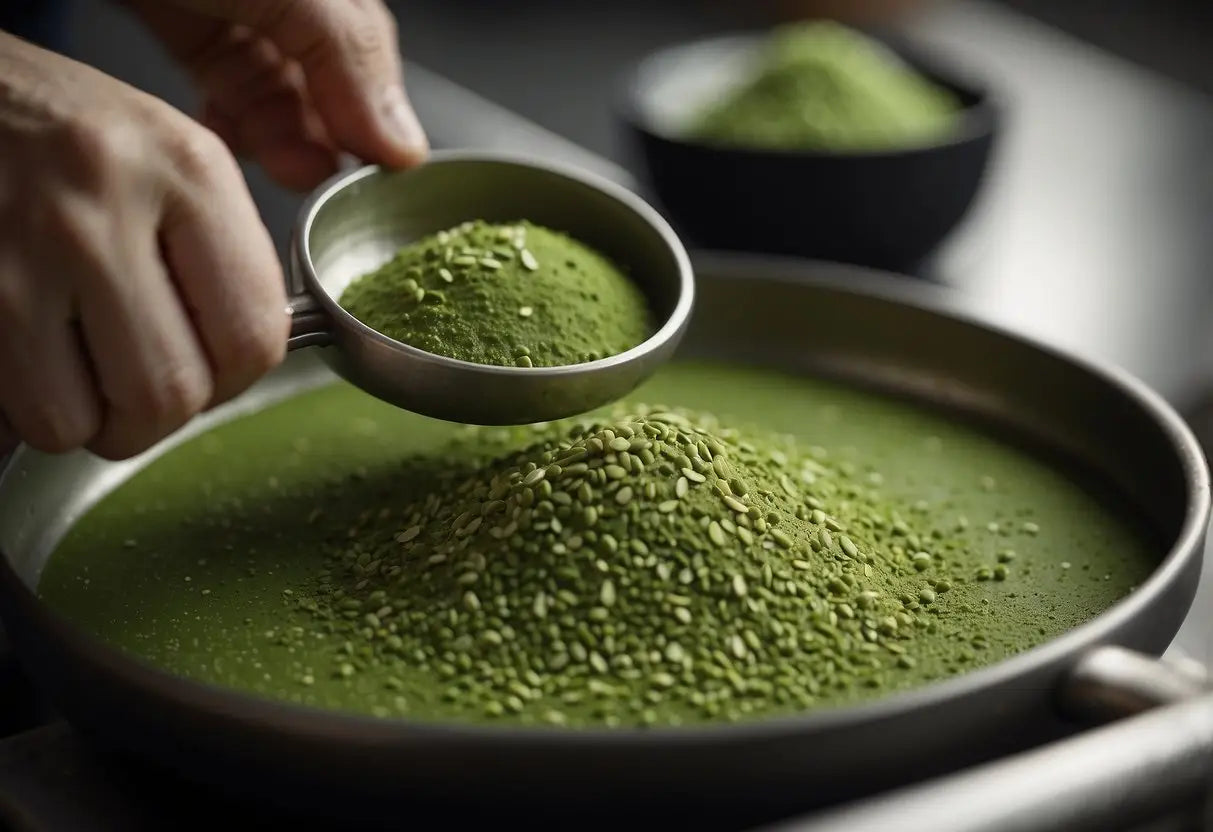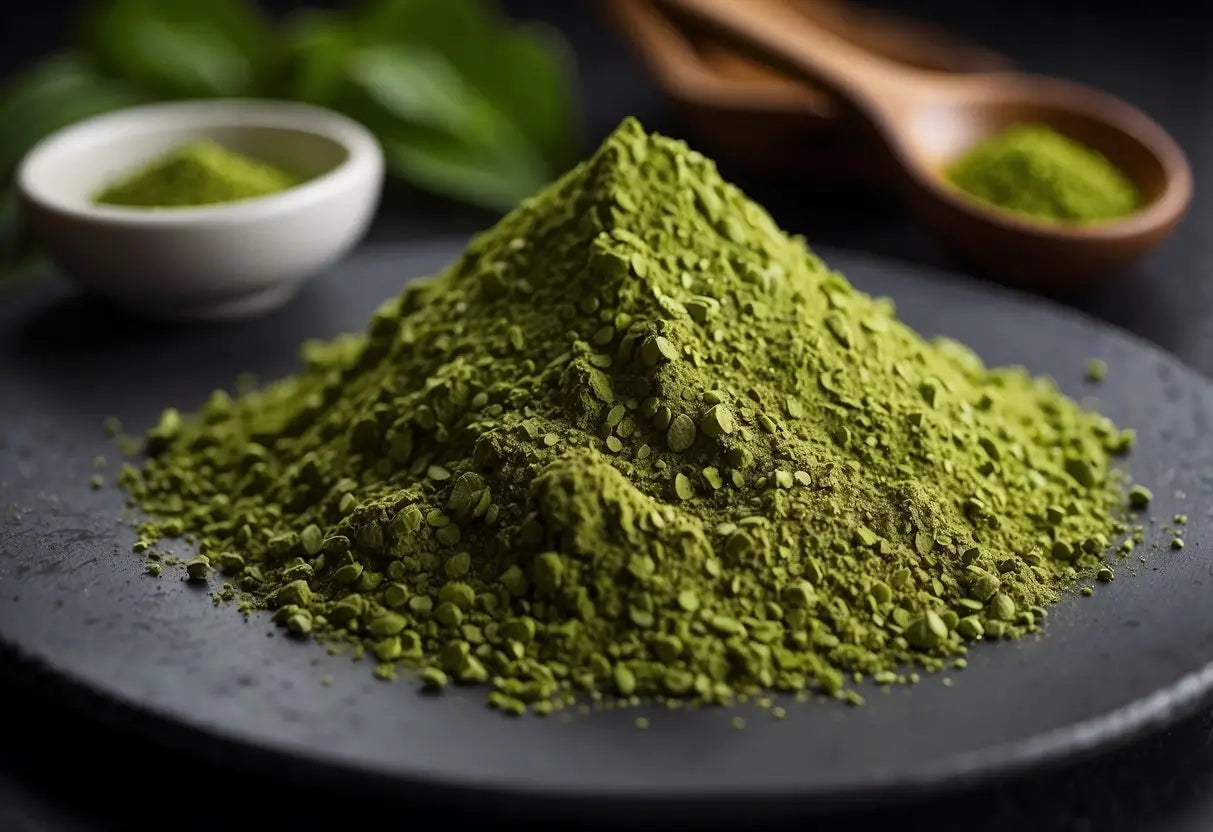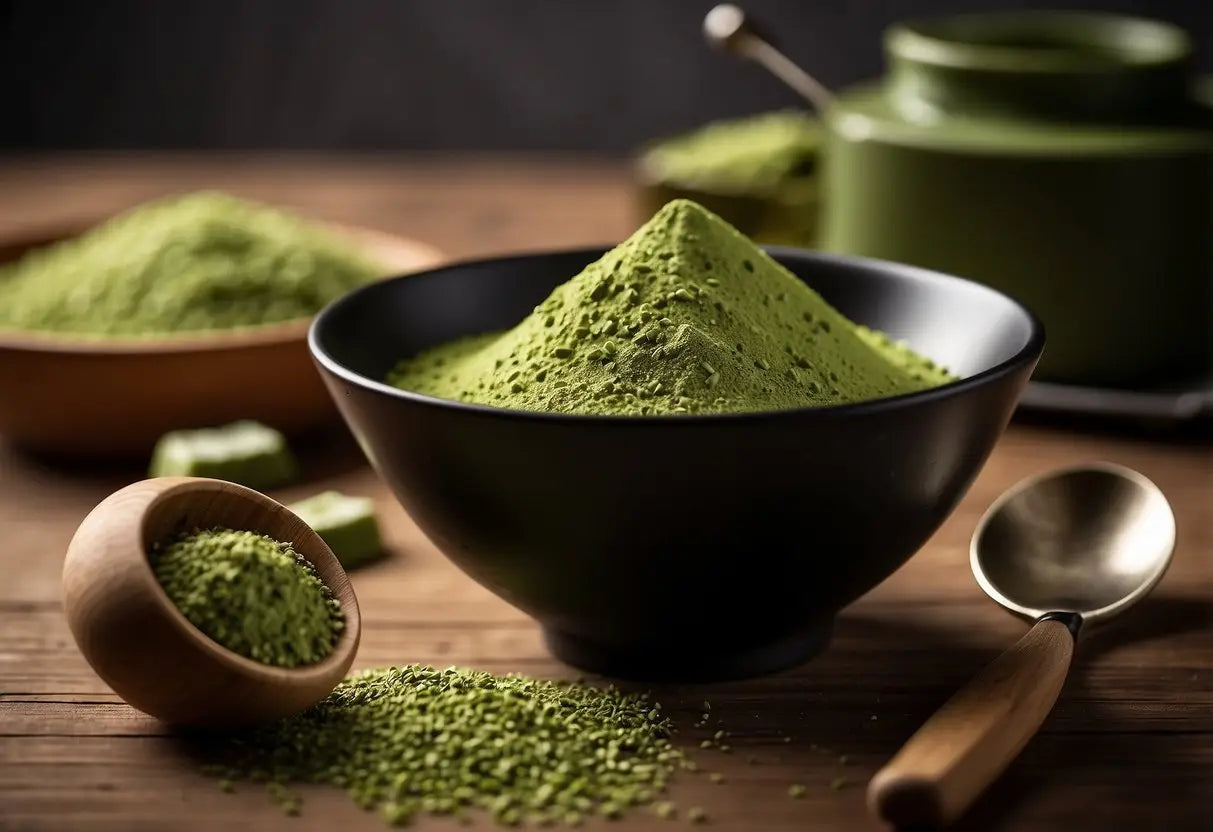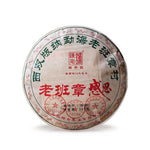Culinary vs Ceremonial Matcha
When choosing matcha, it's essential to distinguish between culinary and ceremonial grades. These two types serve different purposes and offer unique characteristics.
Ceremonial Matcha is the highest quality available. It is made from the youngest tea leaves, which are stone-ground into a fine powder. The flavor is delicate, with subtle sweetness and a vibrant green color. This type is traditionally used in Japanese tea ceremonies.
Culinary Matcha, on the other hand, is a grade designed for cooking and baking. It's typically made from second or third harvest leaves. The flavor is more robust and slightly bitter, which makes it suitable for blending with other ingredients in recipes.
Bestsellers
Key Differences
| Aspect | Ceremonial Matcha | Culinary Matcha |
|---|---|---|
| Use | Drinking pure | Cooking, baking, blending |
| Flavor | Subtle, delicate sweetness | Robust, slightly bitter |
| Color | Vibrant green | Dull green, sometimes yellowish |
| Price | More expensive due to high quality | More affordable, designed for bulk use |
Choosing the Right Matcha
Ceremonial Matcha:
- Opt for ceremonial if you plan to drink matcha traditionally.
- Ideal for those who enjoy the art of tea preparation and the smooth taste.
Culinary Matcha:
- Best for mixing into smoothies, lattes, or baked goods.
- Great if you prefer a stronger taste and require more quantity.
Understanding these distinctions can help you make an informed decision whether you are looking to enjoy a calm tea moment or incorporate matcha into your cooking.
Origins and History

Matcha, a powdered form of green tea, has a rich history rooted in ancient Asian cultures. Its origins trace back to China, where it was initially consumed for both medicinal and ceremonial purposes before being adopted and refined by Japanese culture.
Origins of Matcha
Matcha originated in China during the Tang Dynasty (618–907 AD). It was initially a method to preserve tea leaves for long journeys. The leaves were steamed, dried, and formed into tea bricks, which were then ground into powder. Monks traveling from Japan discovered this powdered tea and brought the practice back home. It became integral to Zen Buddhist rituals.
Ceremonial Matcha Traditions
In Japan, matcha evolved into a central component of the traditional tea ceremony, or chanoyu. This practice was formalized during the 15th and 16th centuries by tea masters such as Sen no Rikyū. The tea ceremony emphasizes harmony, respect, purity, and tranquility. Ceremonial-grade matcha is used, which is meticulously cultivated and prepared, resulting in a vivid green powder associated with spiritual mindfulness.
Evolution of Culinary Matcha
Culinary matcha emerged as a distinct variety due to its different cultivation and processing methods. Unlike ceremonial-grade matcha, culinary matcha is designed for cooking and baking, possessing a more robust flavor profile. It became popular in the late 20th century as global interest in matcha grew. Today, it is commonly used in desserts, lattes, smoothies, and various innovative culinary applications.
Production Process

The production process for matcha involves distinct methods depending on whether it is ceremonial or culinary grade. Each type focuses on different aspects of cultivation, harvesting, and processing.
Ceremonial Matcha Processing
Ceremonial matcha is produced using young tea leaves, which are shade-grown for about three weeks before harvest. This shading increases the chlorophyll content, giving the leaves a vibrant green color and rich flavor.
Once harvested, the leaves are steamed to prevent oxidation, then dried and aged to enhance the flavor complexity. The dried leaves, known as tencha, are de-stemmed and de-veined before being stone-ground into a fine powder. This meticulous process ensures a smooth, delicate texture suitable for traditional tea ceremonies.
Lao Ban Zhang
Culinary Matcha Processing
Culinary matcha utilizes mature tea leaves, which are also shade-grown but not as meticulously as ceremonial matcha. The focus is on achieving a more robust flavor profile rather than visual appeal.
The processing steps are similar: steaming, drying, and grinding. However, there might be less emphasis on de-stemming and de-veining. The result is a slightly coarser powder with a stronger taste, ideal for incorporating into cooking and baking recipes where its vibrant green hue and distinct flavor can shine.
Quality and Grade Differences

Different qualities and grades of matcha can significantly affect its color, texture, flavor, and aroma. Understanding these differences helps you select the right type of matcha for your needs.
Color and Texture Variations
Culinary matcha tends to have a duller, darker green hue compared to ceremonial matcha. This is because ceremonial matcha uses younger tea leaves, which contain more chlorophyll, leading to a vibrant, bright green color. Culinary matcha, on the other hand, uses older leaves.
The texture of ceremonial matcha is notably finer. It's ground to a very smooth powder, making it ideal for traditional tea ceremonies. Culinary matcha has a coarser grind, which is still fine enough for cooking but may not dissolve as smoothly.
Flavor and Aroma Profiles
Ceremonial matcha is known for its delicate, slightly sweet taste with a subtle hint of umami. The aroma is fresh, vegetal, and somewhat grassy. This makes it perfect for drinking on its own, where its nuances can be fully appreciated.
Culinary matcha, in contrast, has a more robust flavor profile. It can be slightly bitter and less sweet. The aroma is stronger and less refined, which suits it well for blending in recipes where it won’t be overpowered.
Focusing on these qualities can help you distinguish between culinary and ceremonial matcha effectively, and choose the appropriate one for your purpose.
Usage and Application

Ceremonial and culinary matcha serve distinct purposes, geared towards specific practices and preparations. Ceremonial matcha shines in traditional tea ceremonies, while culinary matcha brings unique flavors to various dishes.
Ceremonial Matcha in Tea Ceremonies
Ceremonial matcha holds a sacred place in traditional Japanese tea ceremonies. You primarily use it for its vibrant color, smooth texture, and rich umami flavor. The preparation requires precision and focuses on the aesthetics of the tea-making process.
To prepare, sift the matcha to remove clumps, then whisk with water using a bamboo whisk until frothy. Key tools include:
- Chashaku (bamboo scoop)
- Chasen (bamboo whisk)
Each step emphasizes mindfulness and respect, highlighting the tea's ceremonial significance.
Culinary Matcha in Cooking and Baking
Culinary matcha boasts versatility, suitable for a myriad of recipes. You can incorporate it into smoothies, lattes, and desserts, enhancing their flavors and adding a nutritional boost. Unlike ceremonial matcha, culinary matcha has a stronger, slightly bitter taste, which pairs well with different ingredients.
Common applications include:
- Baking: Cakes, cookies, and bread
- Beverages: Smoothies and matcha lattes
- Savory dishes: Salad dressings and sauces
Using culinary matcha allows creativity in the kitchen, offering a distinct taste and health benefits to your recipes.
Health Benefits and Nutritional Value

Matcha contains a variety of health benefits due to its high concentration of antioxidants, particularly catechins. Catechins are known for their anti-inflammatory properties.
You will find L-theanine in matcha, which promotes relaxation and reduces stress without causing drowsiness.
Nutritional Components Per 1 Gram
| Nutrient | Amount |
|---|---|
| Calories | 3 |
| Protein | 0.3 grams |
| Carbohydrates | 0.5 grams |
| Fiber | 0.3 grams |
| Vitamin C | 1% DV |
| Vitamin A | 6% DV |
| Potassium | 27 mg |
Matcha provides a natural energy boost due to its caffeine content, which is balanced by L-theanine, leading to sustained energy levels without jitters.
Both culinary and ceremonial matcha are rich in chlorophyll, which helps detoxify your body and supports skin health.
Culinary grade matcha is more often used in cooking and contains slightly fewer nutrients compared to ceremonial grade, which is more concentrated and used for traditional tea ceremonies.
In terms of flavor, ceremonial matcha is more delicate and slightly sweeter, while culinary matcha has a stronger, more bitter profile.
Purchasing and Storing Tips
To enjoy the best matcha experience, you need to choose the right type and store it properly.
Selecting the Right Matcha
When purchasing matcha, look for brands that specify whether the matcha is culinary or ceremonial. Ceremonial matcha is best for drinking straight, while culinary matcha suits cooking and baking. Check the color—high-quality matcha is a vibrant, bright green. Finally, consider the origin. Matcha from Japanese regions like Uji, Nishio, and Shizuoka is renowned for its quality.
Proper Storage Methods
Store your matcha in an airtight container to protect it from light, moisture, and air. Refrigeration helps, but make sure the container is tightly sealed to prevent condensation. Keep it away from strong odors as matcha can absorb them easily. Aim to consume your matcha within 1-2 months of opening for the best flavor and freshness.
Preparation Techniques
Culinary and ceremonial matcha differ in their preparation methods. Each method highlights unique aspects of the matcha, enhancing flavor and texture based on its intended use.
Whisking Ceremonial Matcha
Whisking ceremonial matcha requires a bamboo whisk, or chasen. Begin by sifting 1-2 teaspoons of matcha powder into a bowl to prevent clumping.
Next, add a small amount of hot water, ideally around 70-80°C (158-176°F). Use a whisk to mix rapidly in a "W" or "M" motion. This creates a frothy, smooth texture, emphasizing the delicate flavors.
A proper whisking technique ensures an even consistency and prevents any gritty residues. The froth is a key identifier of well-prepared ceremonial matcha.
Mixing Culinary Matcha
Mixing culinary matcha is more versatile and can be incorporated into various recipes. Start with sifting the matcha powder to remove lumps. Combine it with other dry ingredients if baking, or dissolve it in a small amount of hot water for drinks.
Due to its intended culinary use, the temperature and precision are less critical than for ceremonial matcha. Ensure you blend it well to distribute the flavor evenly.
In smoothies or mixed beverages, you can use a blender or shaker to achieve a consistent texture. This method focuses on integrating matcha seamlessly into the desired dish or drink.
← Older post Newer post →











